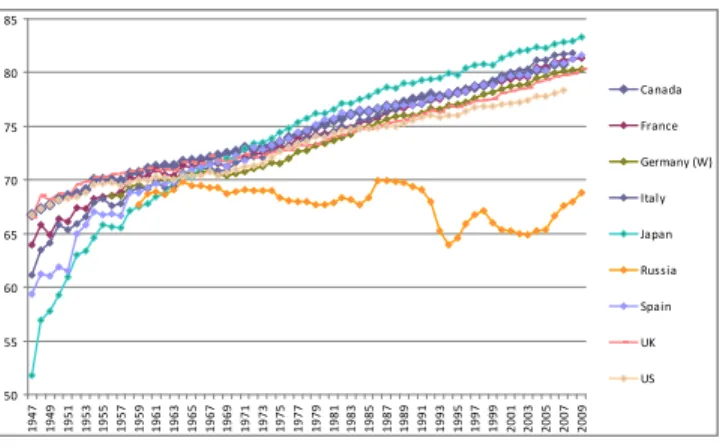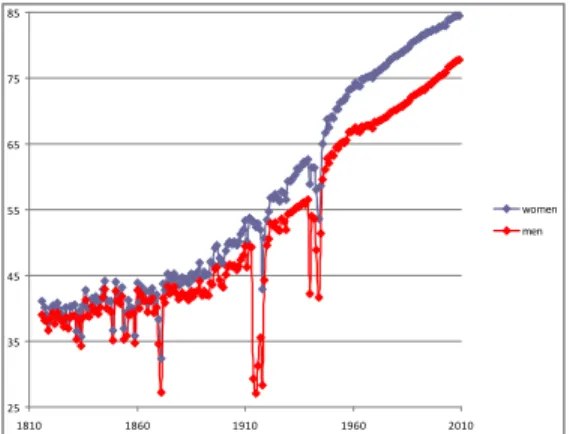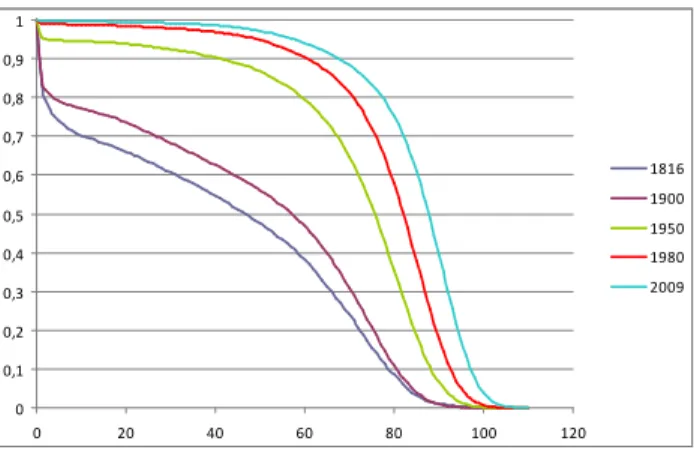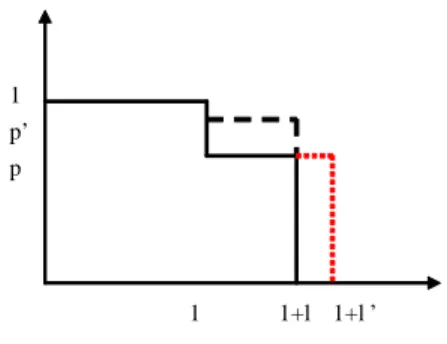The public economics of increasing longevity
Texte intégral
Figure




Documents relatifs
LTC services, namely home health programmes which provide a range of services that includes an emphasis on family education but not personal care or homemaking, have begun to develop
Our research showed that an estimated quarter of a million people in Glasgow (84 000 homes) and a very conservative estimate of 10 million people nation- wide, shared our
At the other end of the policy continuum are people who believe that long-term care is a societal responsibility and that, while individuals and families should do their part,
In stage 2, after the state of nature is revealed, the child decides how much informal care to provide in case the parent needs long-term care.. To determine the subgame perfect
The National Union of Family Associations (UNAF), which is an important stakeholder in family policy has expressed its reservations against the propositions of the COR.
The French pension system has been traditionally relatively successful at ensuring a high level of income maintenance of and preventing high levels of poverty among
Most of these schemes are managed directly by the responsible firm or organisation, while some of them are managed by an independent pension fund (CNRACL, miners, Opéra de
The French National Reform Programme attempts to emphasise that aspect, particularly by focusing on the increase in the statutory minimum retirement age which